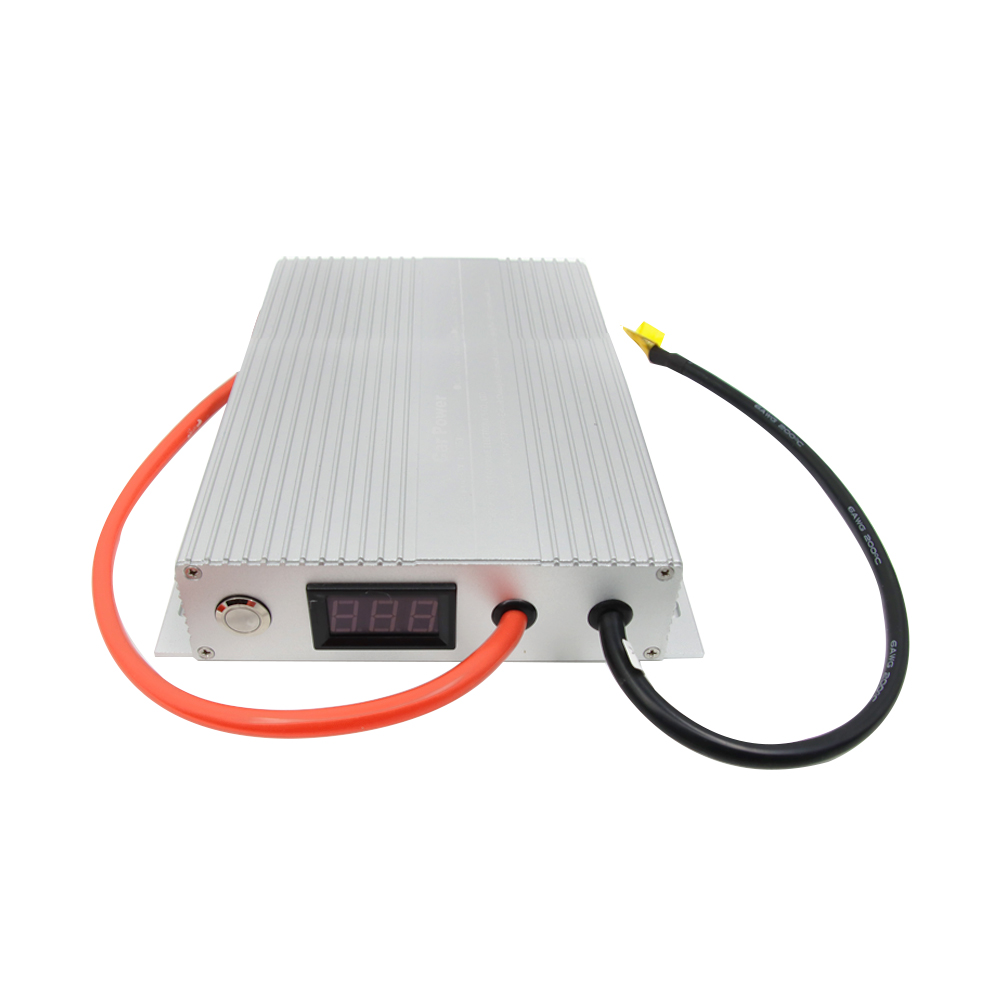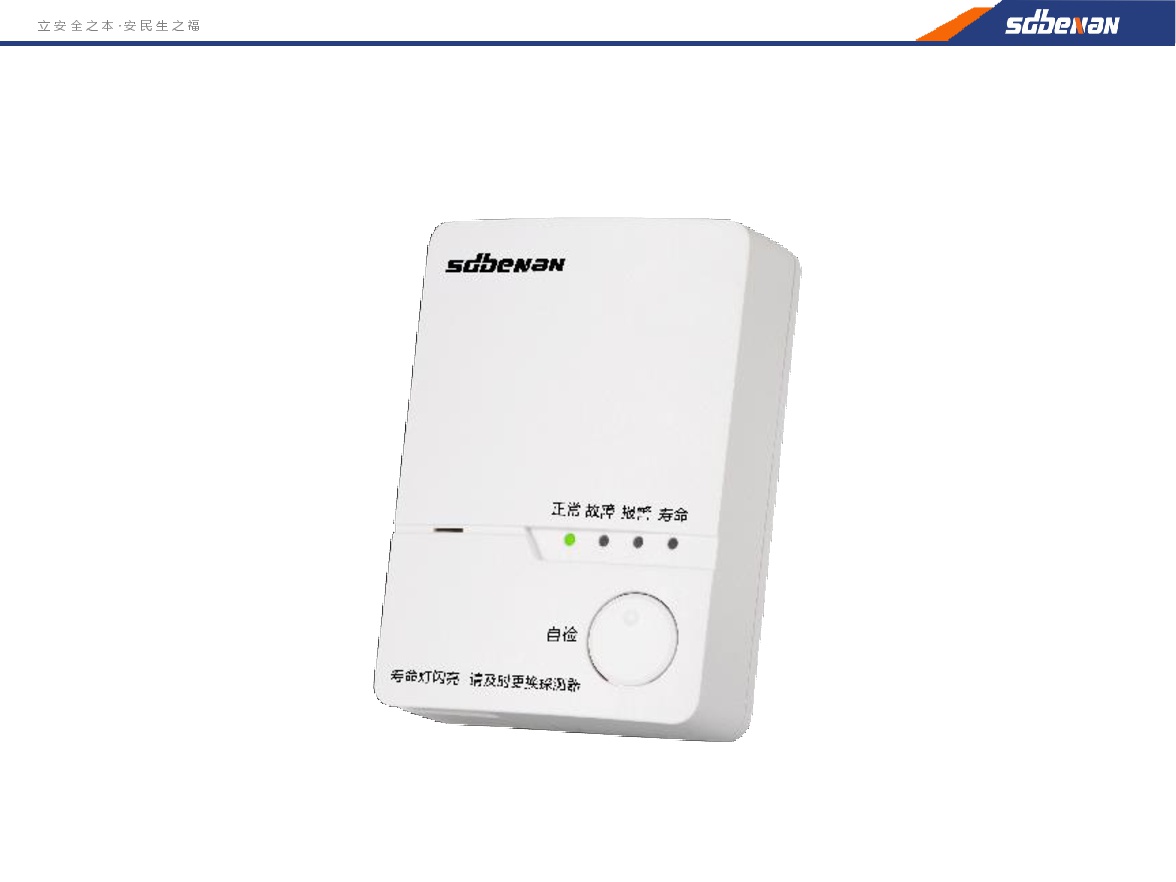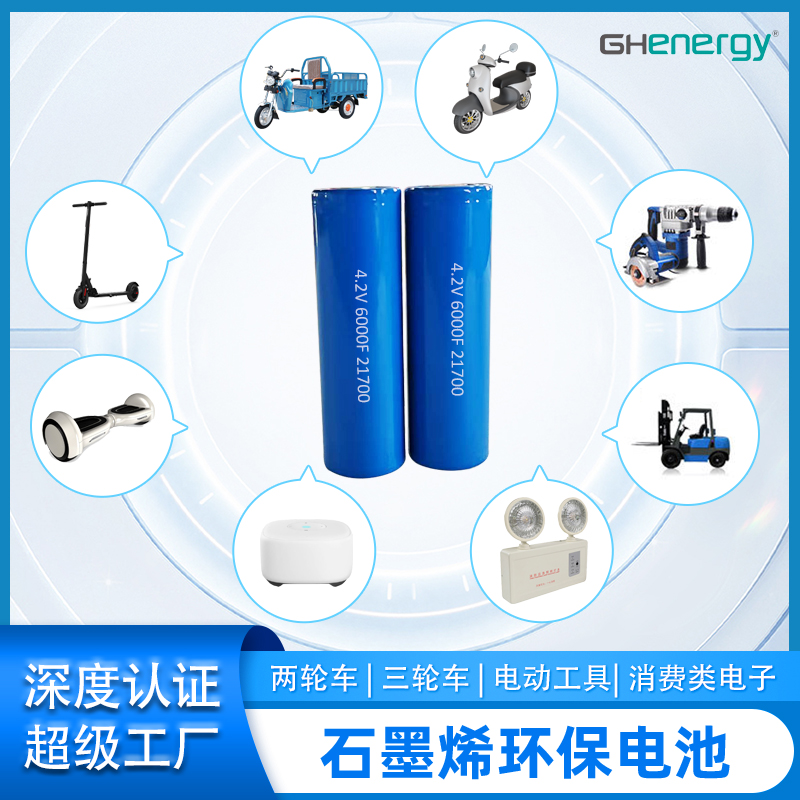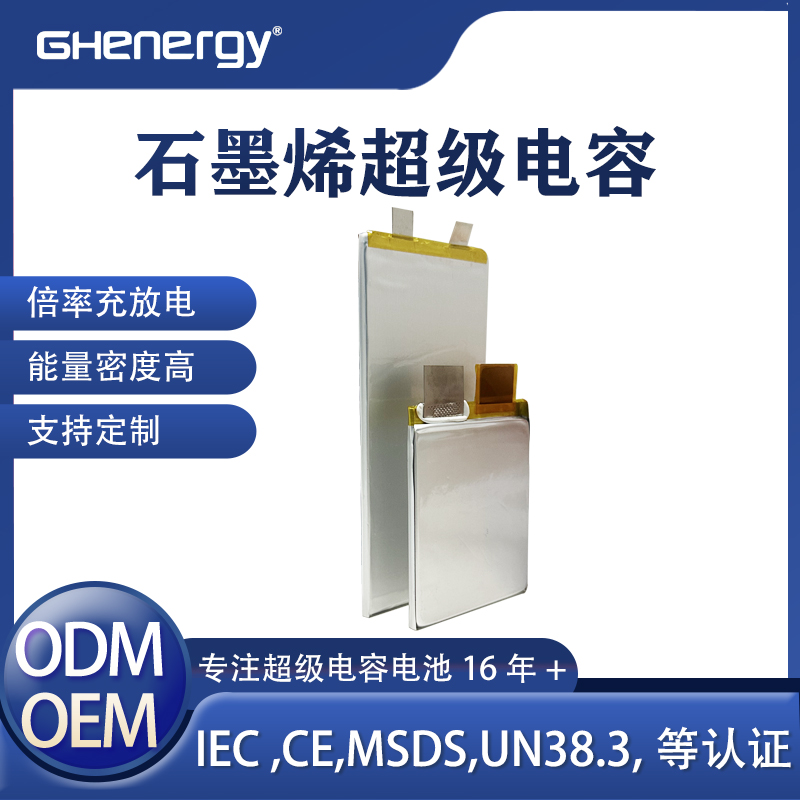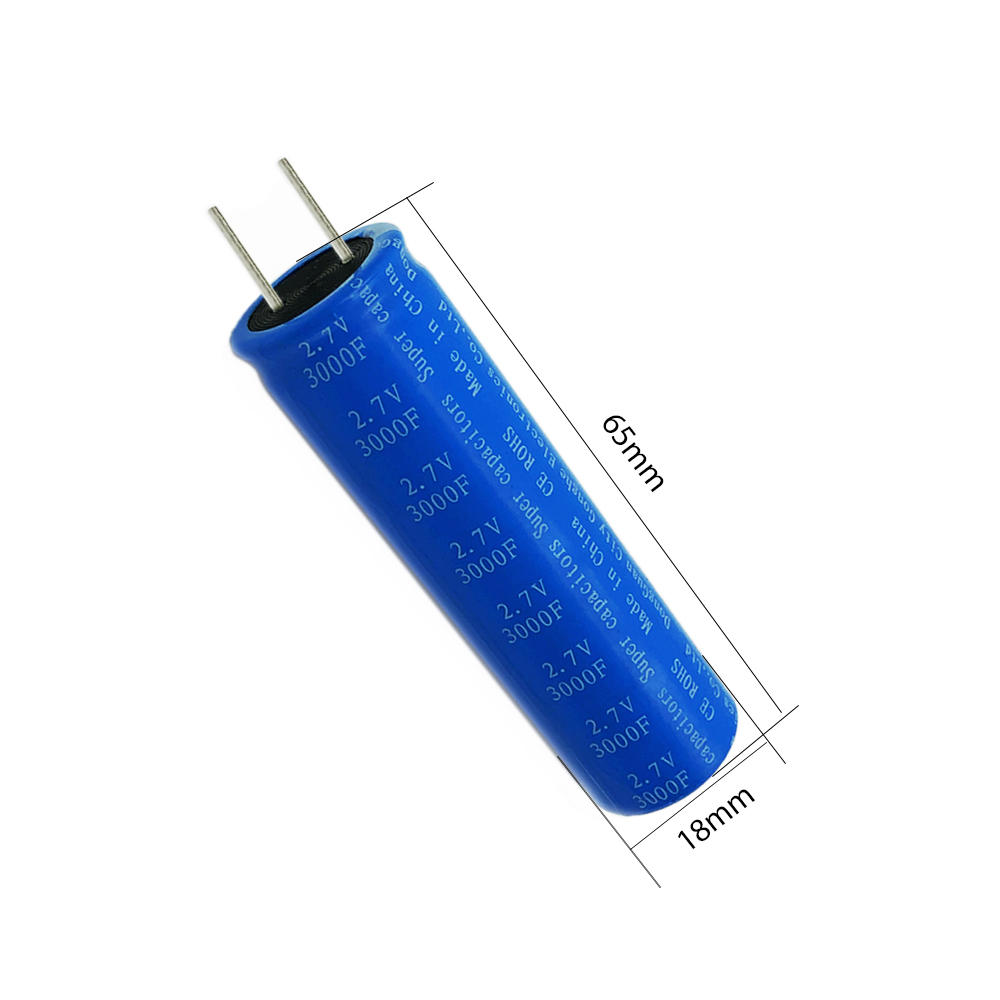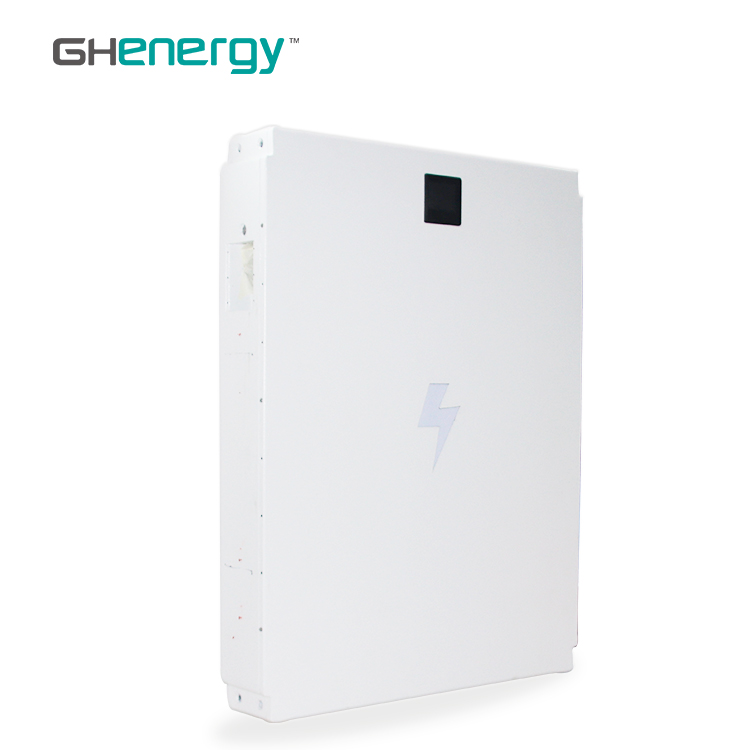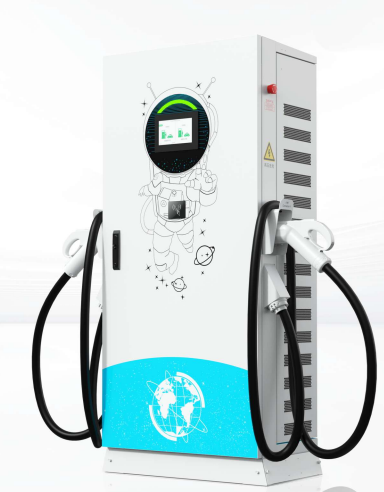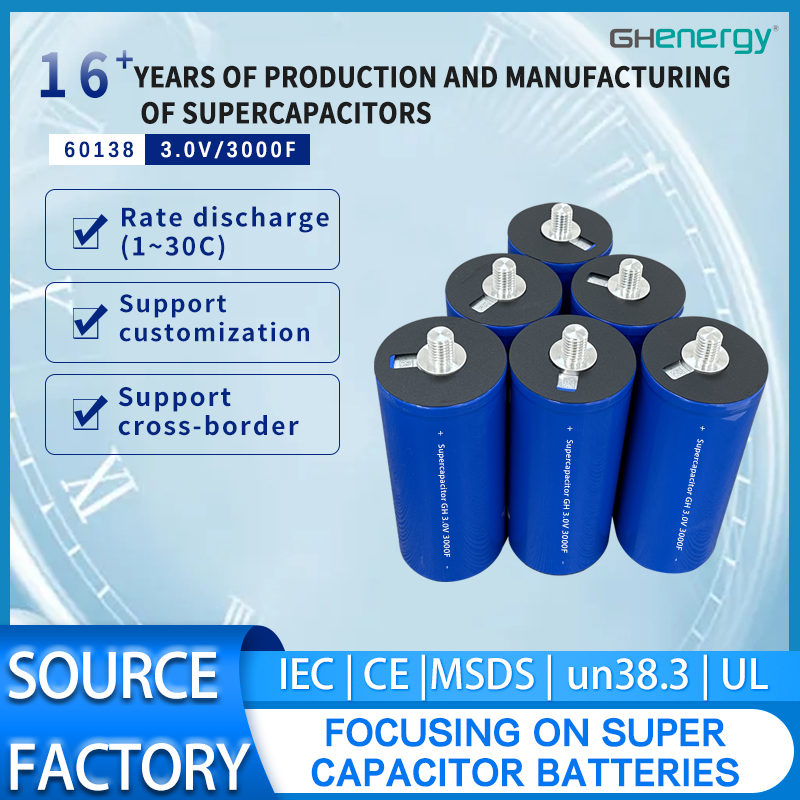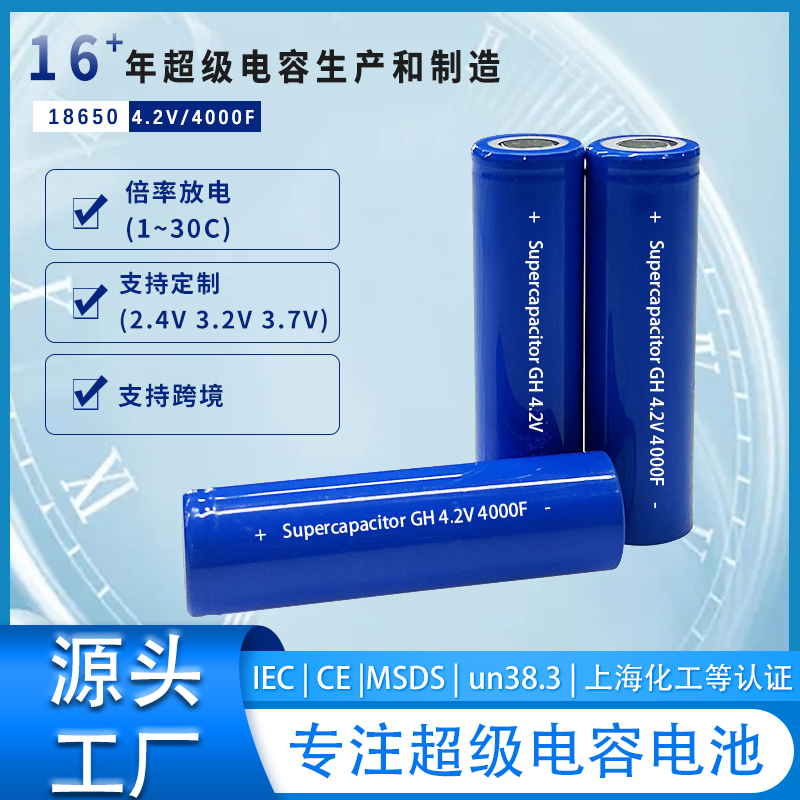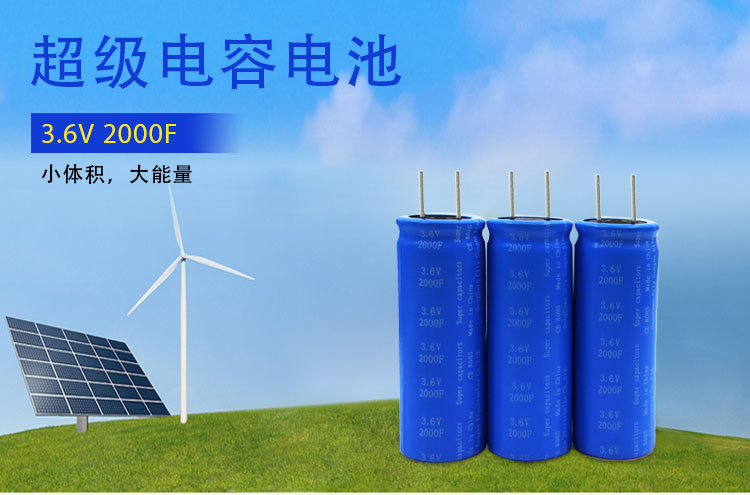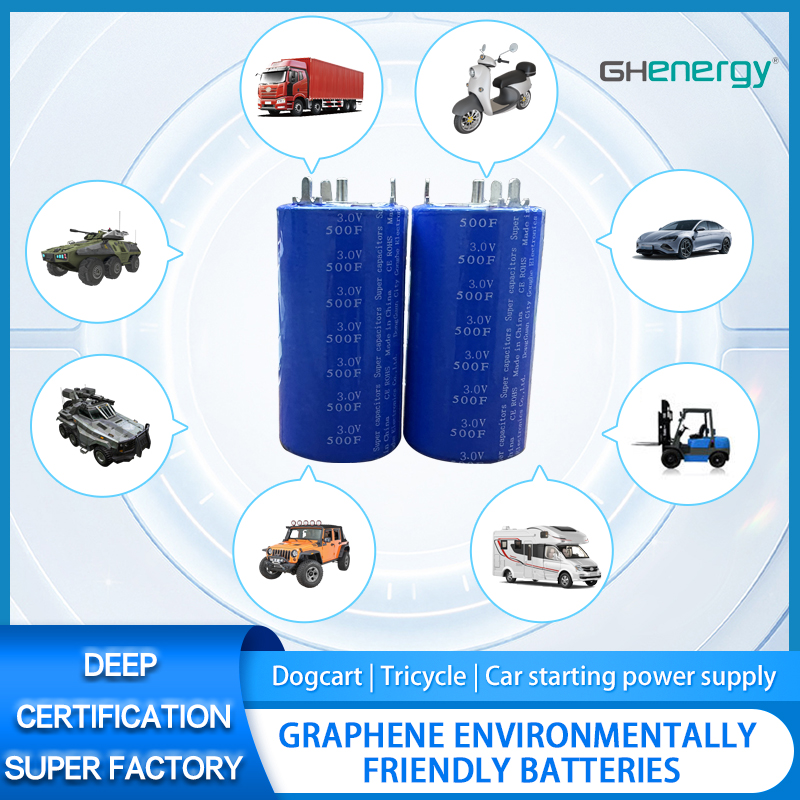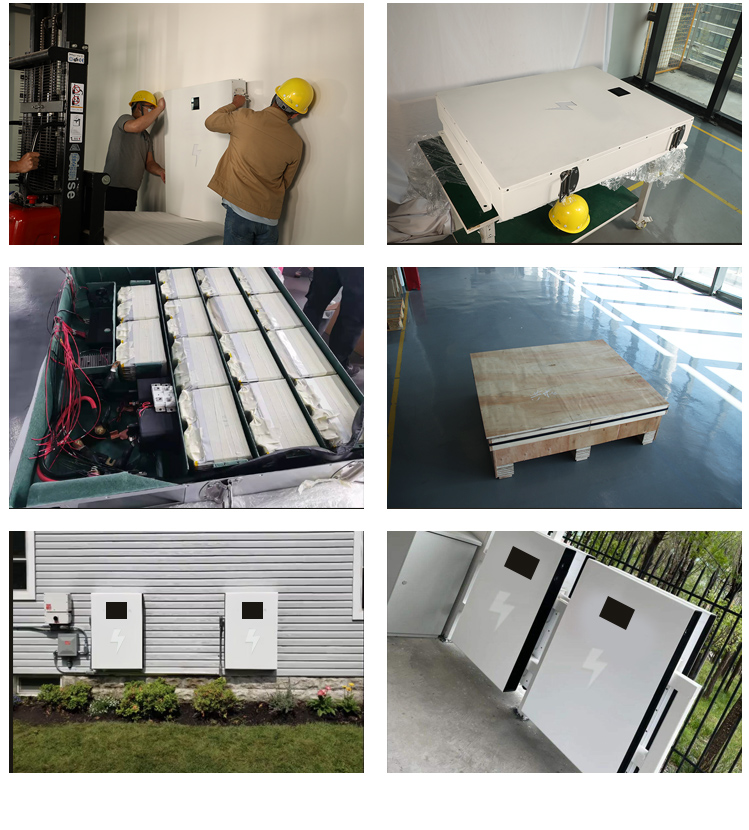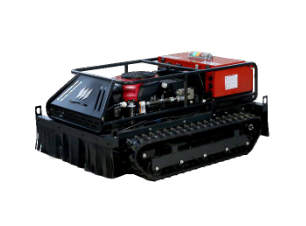Wedoany.com Report-Nov 29,The Volkswagen Group is strengthening its successful 40-year partnership with SAIC Motor for the long term. In Shanghai, both companies signed an extension of their joint venture agreement until the year 2040. The original joint venture agreement was valid until 2030.
By extending the agreement, the partners are creating early planning security beyond 2030 in a very dynamic development phase of the Chinese automotive market. At the same time, Volkswagen and SAIC are accelerating the transformation of their joint venture company, SAIC VOLKSWAGEN, in the areas of product portfolio, production, and decarbonization. The shared goal of the partners is to achieve a leading market position for SAIC VOLKSWAGEN with the Volkswagen Passenger Cars and Audi brands in the era of intelligent, fully connected electric vehicles.
Volkswagen and SAIC have identified three key areas to accelerate the transformation of the SAIC VOLKSWAGEN joint venture with the Volkswagen Passenger Cars and Audi brands:
Expansion of Product Offensive with New E-Models, Range-Extender Variants, and Plug-In Hybrids. By 2030, SAIC VOLKSWAGEN will introduce a total of 18 new models to the market. In light of the dynamic market development, the joint venture partners are particularly focusing on an accelerated electrification strategy. This includes eight new electric models. As early as 2026, two electric vehicles based on the newly locally developed “Compact Main Platform” (CMP)—equipped with a zonal electric architecture used for the first time across the Group—will be launched. Additionally, the still highly profitable internal combustion engine offering will be transitioned into the electric mobility world by 2026 with three plug-in hybrid models and, for the first time, two range-extender variants. This will rapidly further strengthen the company's position in the fast-growing market for fully electric and partially electrified vehicles. At the same time, the new vehicles will be consistently tailored to customer needs as part of the “In China, for China” strategy. Of the 18 models that SAIC VOLKSWAGEN will introduce to the market by 2030, 15 vehicles are being developed exclusively for the Chinese market.
Gradual Optimization of the Production Network with a Focus on Efficiency and Productivity. Given the rapidly growing market demand for electric vehicles and increasing competitive pressure, the joint venture partners will also accelerate the transformation of SVW's production network with a focus on cost-effectiveness and productivity. In this context, existing production capacity for internal combustion vehicles will be gradually reduced in the coming years. While many SVW sites are being, or have already been, converted to produce electric vehicles based on customer demand, alternative economic solutions will be examined in individual cases. This also applies to the joint venture site in Urumqi. Due to economic reasons, the site has now been sold by the joint venture as part of the realignment. The same applies to the test tracks in Turpan and Anting.
Consistent Decarbonization Initiatives with Ambitious Goals. As part of the extension of the joint venture agreement, both partners have agreed on ambitious decarbonization goals for sustainability. SAIC VOLKSWAGEN aims to reduce its cO2 emissions by 25% by 2030 compared to 2018 levels and is actively pushing forward its transformation towards carbon neutrality at the corporate level. Thereby, SAIC VOLKSWAGEN is following the Group’s objective of achieving carbon neutrality by 2050. This positions the company as a pioneer in decarbonization within the Chinese automotive industry.
As part of its “In China, for China” strategy, the Volkswagen Group is determined to drive forward its transformation in China. The Group is strengthening its local development skills in e-mobility, digitalization, and autonomous driving. This involves both enhanced collaboration with its Chinese partners and the consistent expansion of its own additional development capacities.
A key role in this context is played by the new development and innovation center in Hefei, where around 3,000 developers are working on the next generation of fully connected intelligent electric vehicles. This also accelerates the Group’s decision-making and development processes in the region, contributing to a reduction in the development cycles of new products by 30 percent. This enables the company to respond more quickly to market-defining trends in China and to optimally leverage the market's growth dynamics.
Over the next three years alone, the Group and its brands will bring 40 new models to the Chinese market, half of which will be electrified. By 2030, the Group will offer more than 30 electric models in China.
